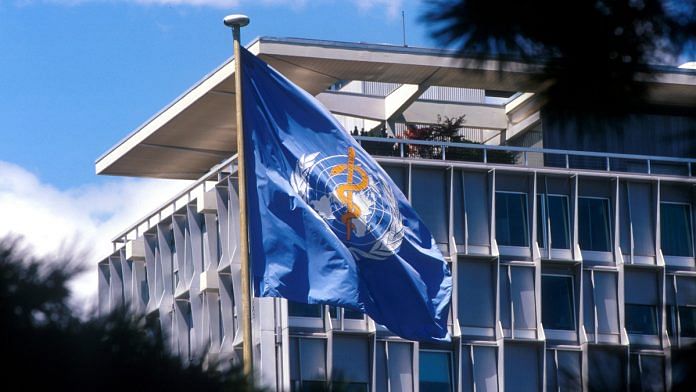The World Health Organization (WHO) has released the second edition of its global sodium benchmarks, an updated list of reference values for sodium content that can be used to assess progress in reducing sodium consumption and preventing chronic conditions related to high blood pressure and obesity.
The first edition of the WHO global sodium benchmarks, published in May 2021, contained 10 pre-determined benchmarks for different food categories, including for whole foods, fruits and vegetables, dairy products, and fortified foods. The second edition builds on these findings and expands the coverage of each category to include more information on how to set national targets for sodium reduction.
The development of the second edition of the WHO global sodium benchmarks was a collaborative effort among governments, national and international organizations, and private sector partners. It was informed by extensive consultations with national experts, who shared their experiences in setting national targets for sodium reduction in different food categories. The resulting documents are expected to be used by governments and other stakeholders to inform decision-making and support the implementation of measures to reduce sodium consumption and prevent chronic conditions.
The WHO global sodium benchmarks are part of a broader WHO initiative to reduce sodium consumption and prevent chronic conditions related to high blood pressure and obesity. The initiative is focused on improving nutrition systems and making healthy food more accessible and affordable, as well as promoting community awareness about the risks of chronic conditions and the importance of healthy lifestyles.
